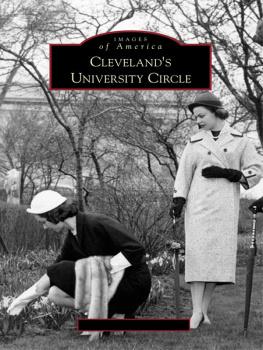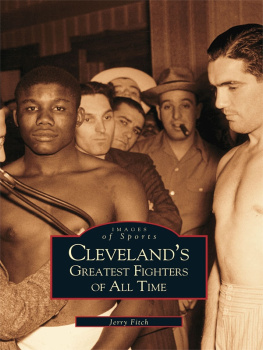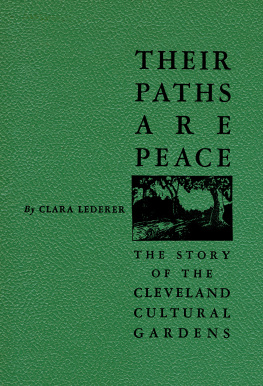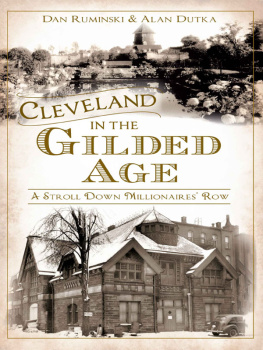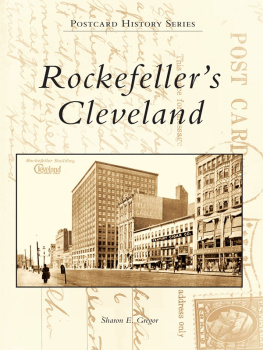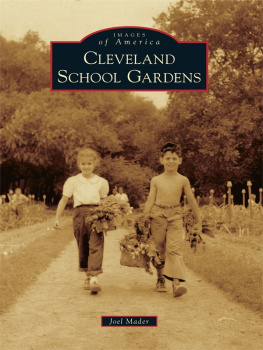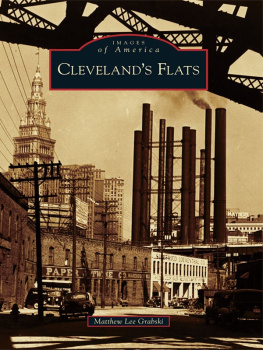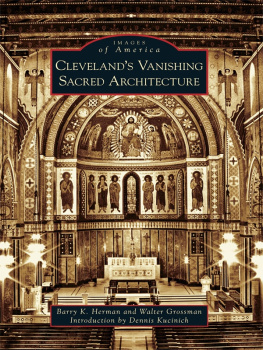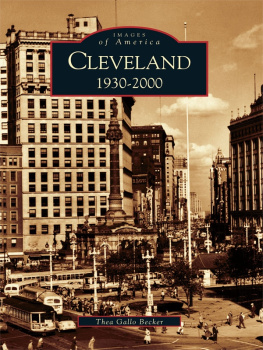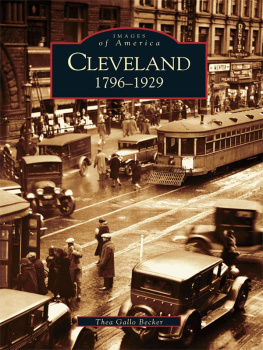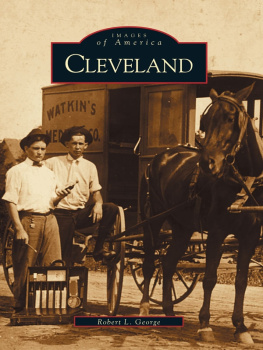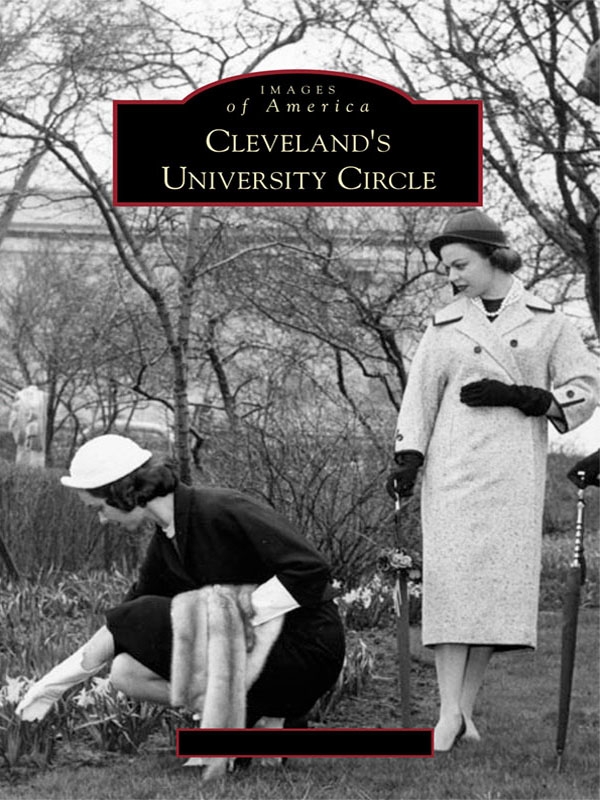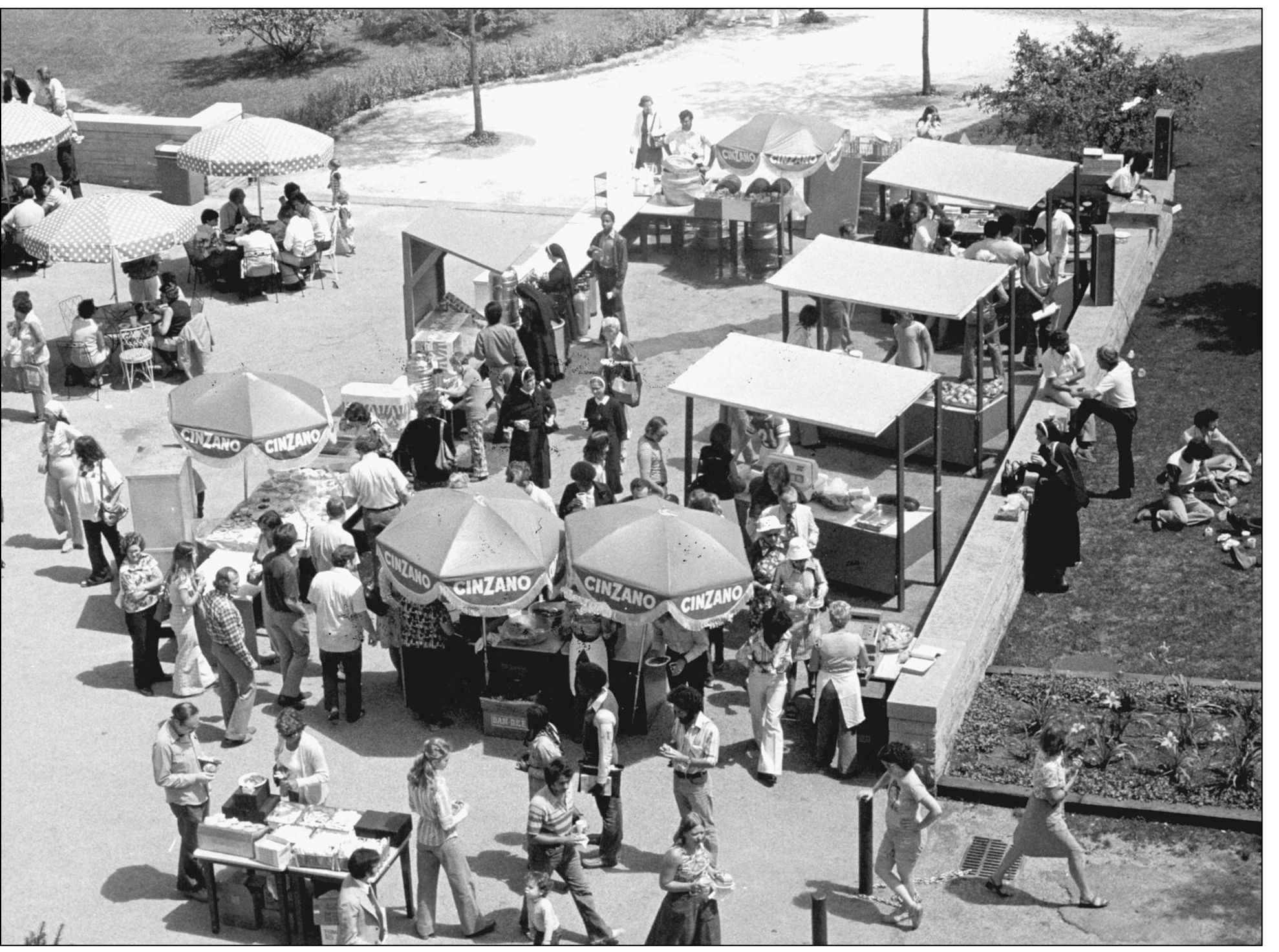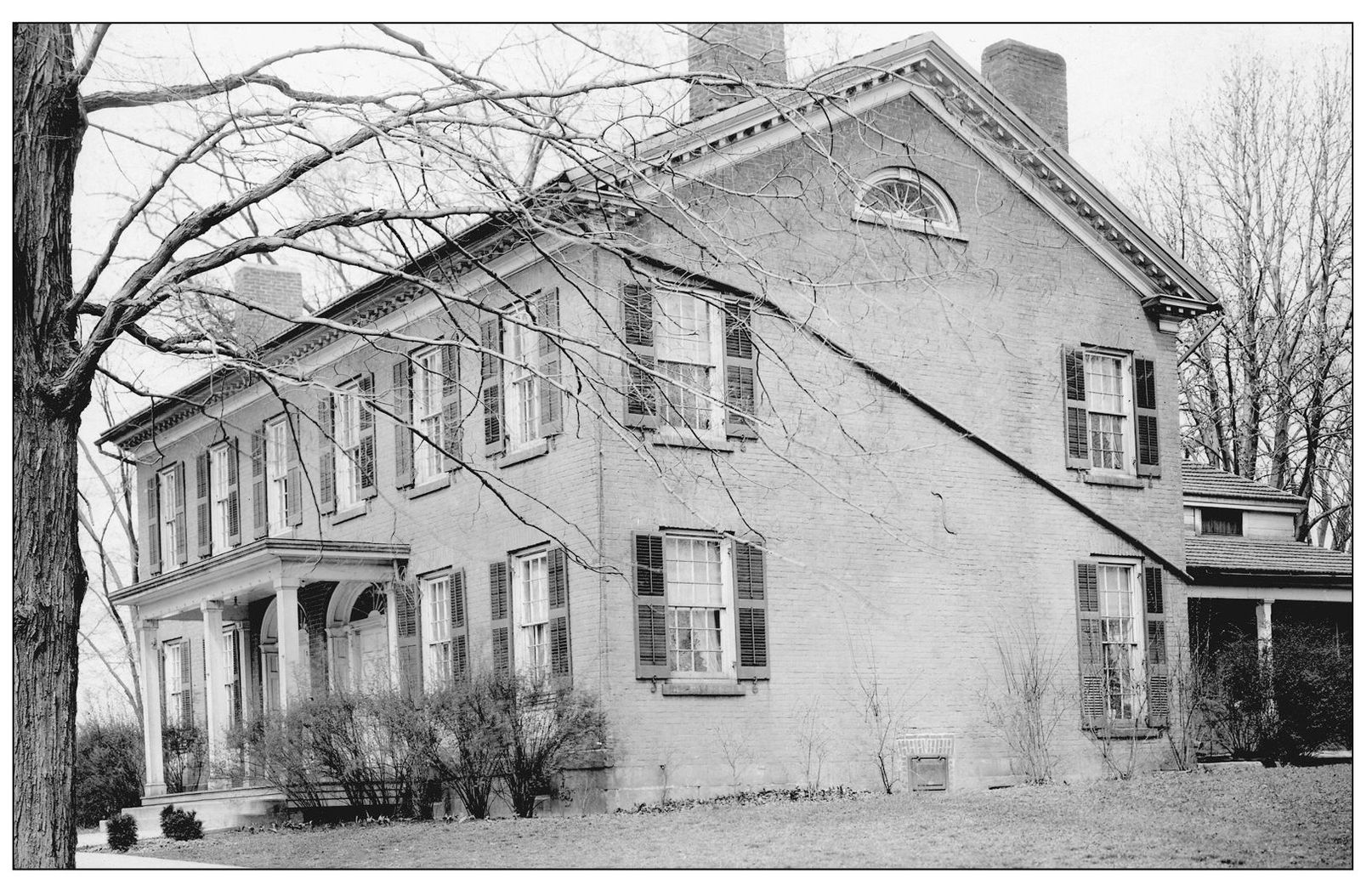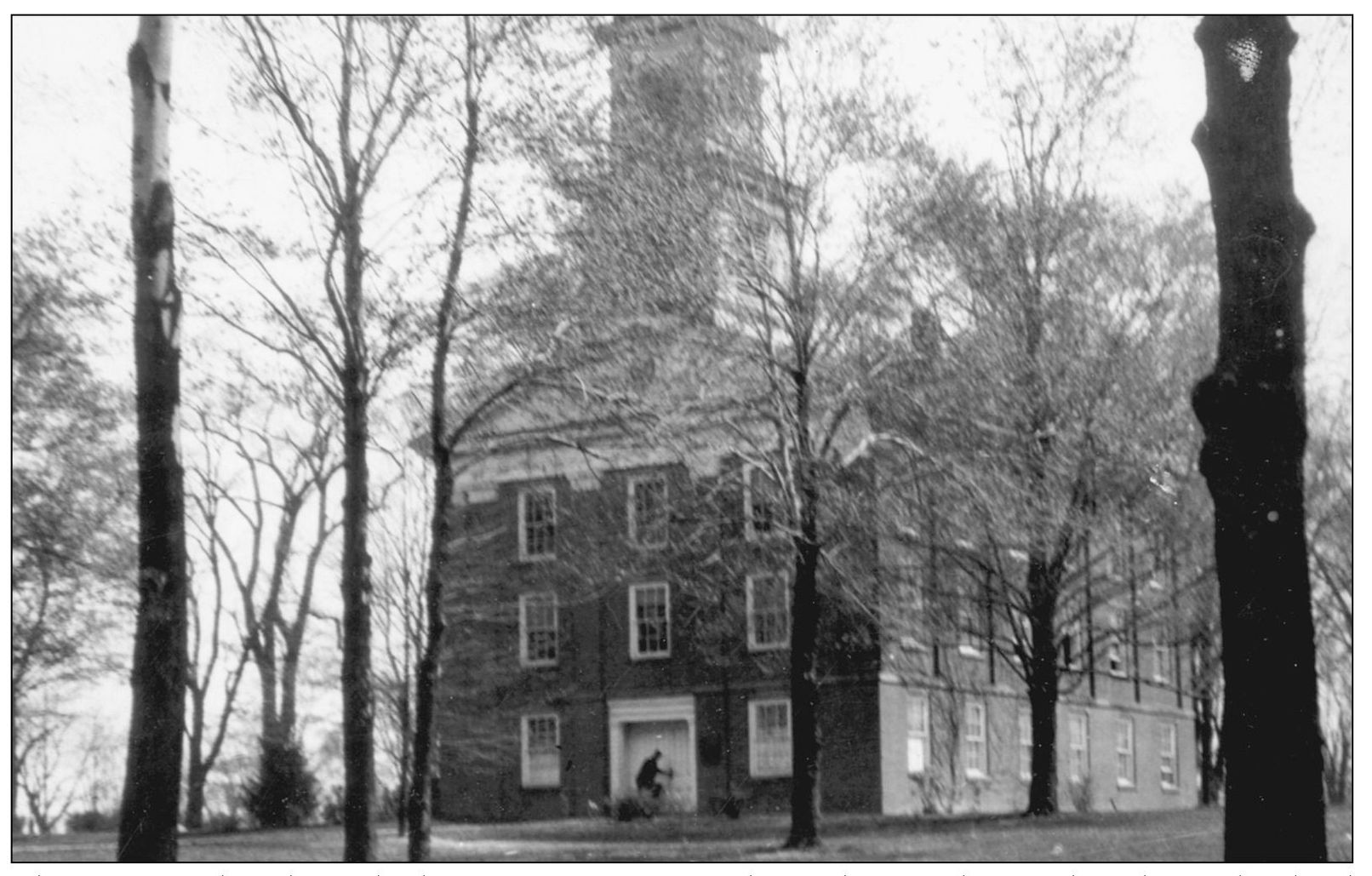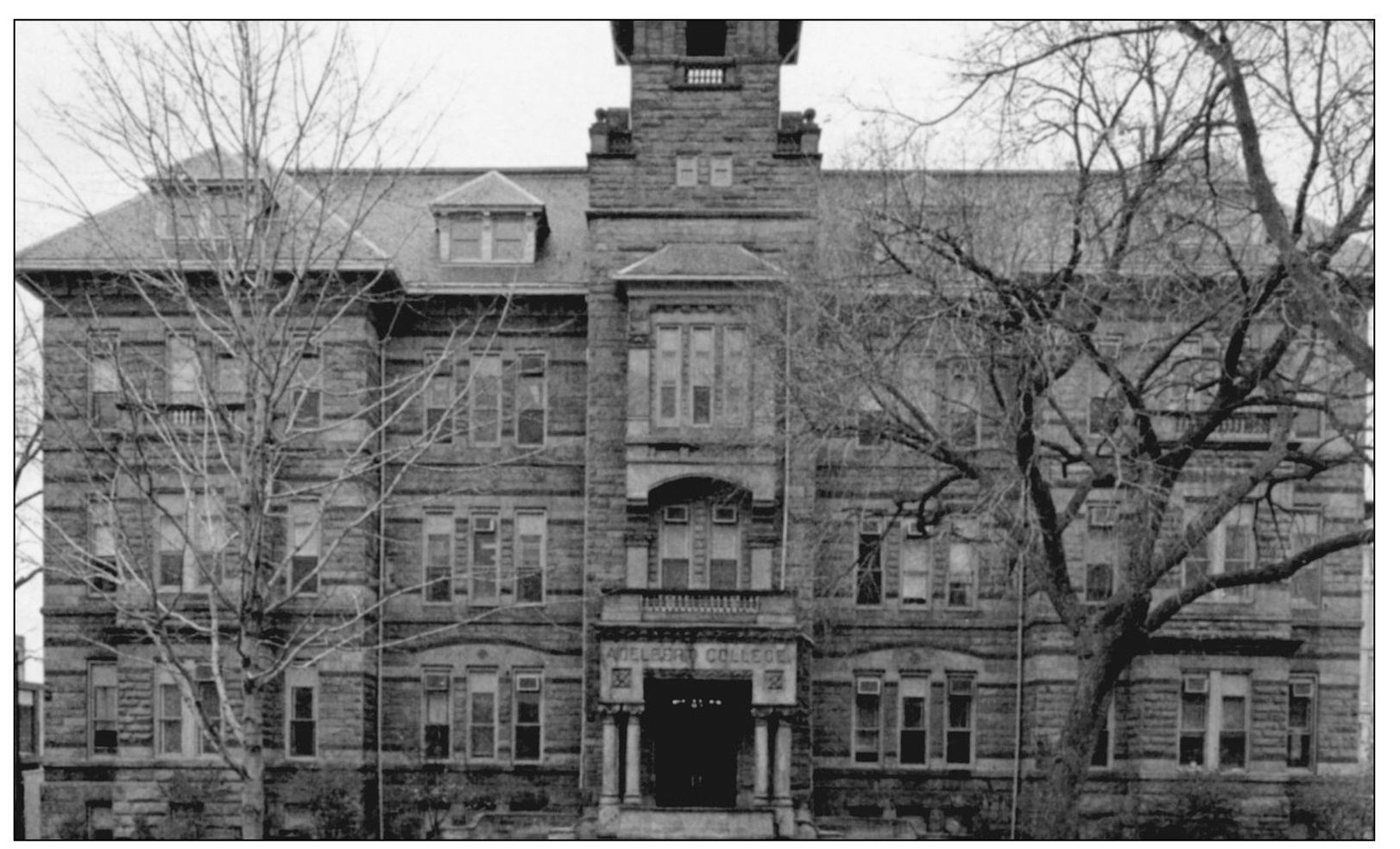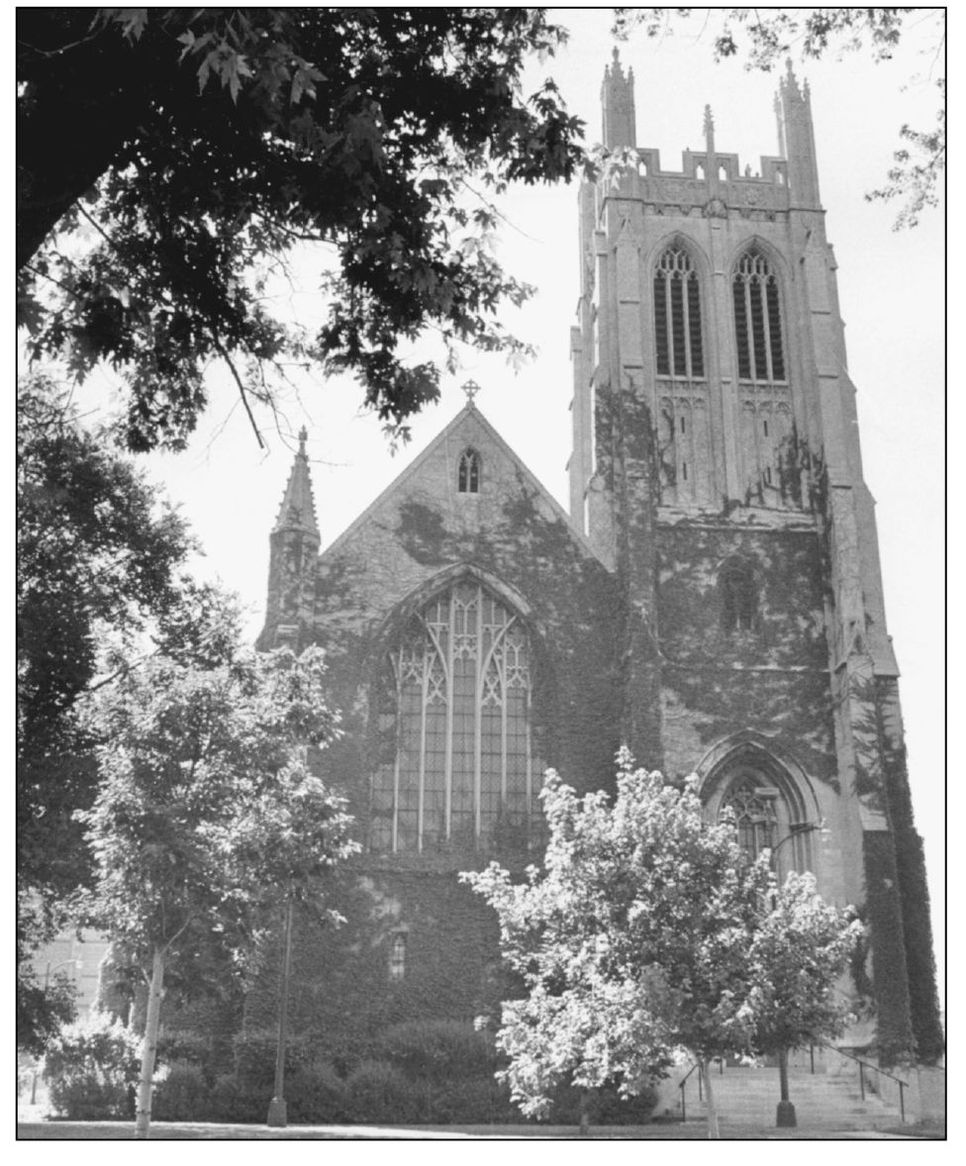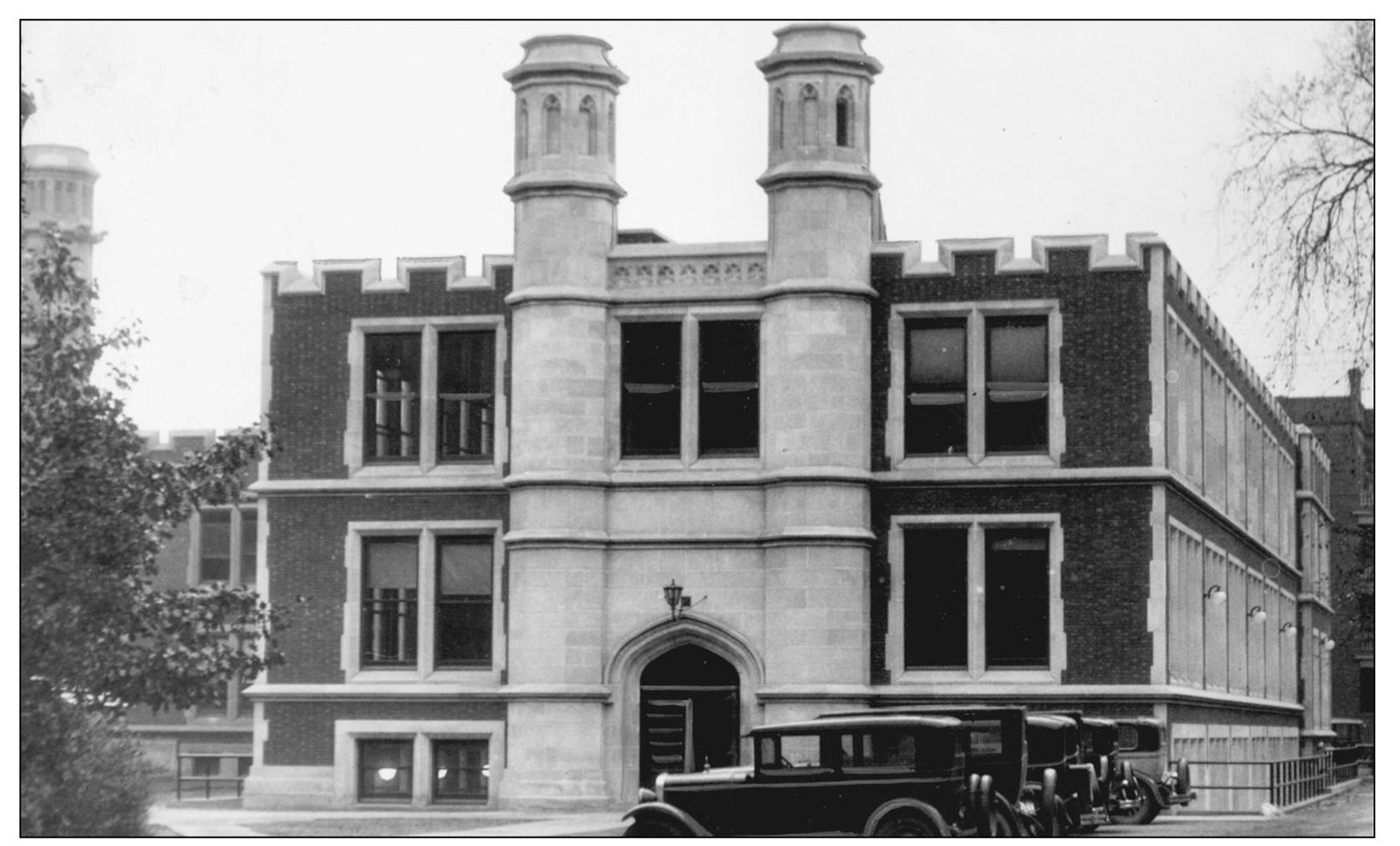One
INSTITUTIONS OF HIGHER LEARNING
As the name applies, University Circle is home to several institutions of higher learning, including Case Western Reserve University, Cleveland Institute of Art, and Cleveland Institute of Music. University Circle is also home to the Cleveland Music School Settlement, Gestalt Institute of Cleveland, and the Ohio College of Podiatric Medicine.
Case Western Reserve University (CWRU) was created by the merging of Western Reserve University and Case School of Applied Science in 1967. Today CWRU enrolls some 10,000 students from every state and 80 countries. CWRU is one of the nations leading independent research universities. It ranks second behind only Ohio State University in the size of its endowment.
Cleveland Institute of Art (CIA) began as the Western Reserve School of Design for Women in 1882. CIA is coeducational now and offers a five-year bachelor of fine arts degree. CIA also extends programming to the public through gallery exhibitions, childrens classes, and visiting artist lectures.
Cleveland Institute of Music (CIM) is a nationally recognized conservatory founded in 1920. CIM operates two divisions: the collegiate conservatory, offering bachelors and masters degrees, professional studies, artist diplomas, and doctor of musical arts degrees; and the preparatory department for younger students and adults.
This was a warm and sunny spring day on the CWRU campus. (Cleveland Press Collection, CSU.)
The Old Presidents House on the campus of what was Western Reserve College (WRC) is pictured here. The college was founded in the town of Hudson, 26 miles southeast of Cleveland, in 1826. David Hudson gave money to the school so that it would be located in his namesake town. (Cleveland Press Collection, CSU.)
The campus chapel was built in 1836. WRC was located in Hudson rather than Cleveland because the founders believed that students could not learn in an environment with sailors, women, and distractions that Cleveland offered at the time. The chapel is now part of Western Reserve Academy, a very prestigious preparatory school. (Cleveland Press Collection, CSU.)
By the 1880s, it became evident that WRC would have to move to a larger city if it wanted to continue as a college. Amasa Stone (18181883), a wealthy industrialist, agreed to give the college much-needed funding if it agreed to two provisions. One, he wanted WRC to move to Cleveland, and the second, he wanted its name changed to Adelbert College to honor his son who had drowned while a student at Yale. Adelbert became the undergraduate college for men, and WRC became Western Reserve University (WRU). (Cleveland Press Collection, CSU.)
Amasa Stone Church sits on the campus of CWRU. Stone had many terrible things that occurred to him and his family. His son, Adelbert, drowned in the Connecticut River while he was a student at Yale in 1865. Then on December 29, 1876, a bridge carrying a train over the Ashtabula Gorge collapsed and killed over 100 people. He never got over the two tragedies, and on May 11, 1883, he committed suicide. (Cleveland Press Collection, CSU.)
This is a 1930 photograph of Flora Stone Mather College for Women. Flora Stone Mather gave money for everything from books to boots. She visited the campus regularly and knew all the girls. Every year, she would invite the senior class to her mansion on Euclid Avenue for a party. The Mather Mansion of 1910 is one of the three that are still standing. It is part of CSU. (Cleveland Press Collection, CSU.)
Flora Stone Mather (18521909) was the youngest daughter of Amasa Stone. She graduated with honors from Cleveland Academy and then married Samuel Mather in 1881. In her will, she had bequests to over 30 religious, educational, and charitable organizations. (Cleveland Press Collection, CSU.)
Samuel Mather (18511931) was cofounder of Pickands Mather and Company, which was allied with the steel industry. The company leased mines and had a fleet of freighters on the Great Lakes. During World War I, Mather organized the war chest, which donated $750,000 to the war effort. Mather received the cross of the Legion of Honor from the French government. When he died, he was the richest man in Ohio; John D. Rockefeller had already moved out of Cleveland by then. (Cleveland Press Collection, CSU.)

